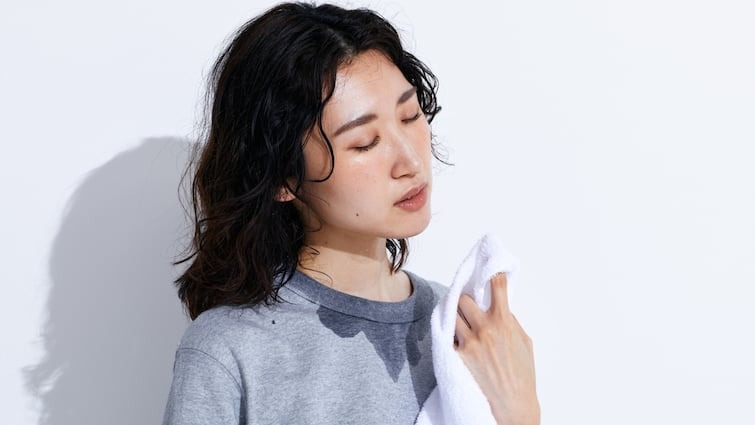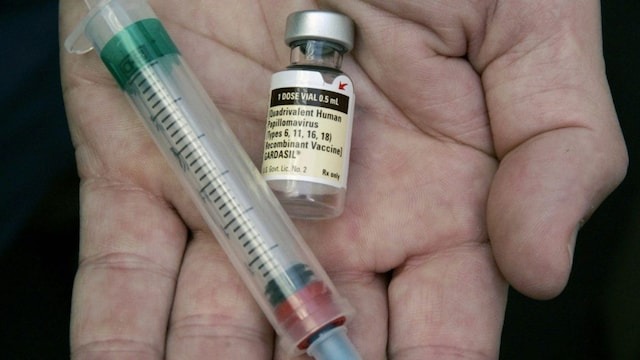
Some individuals sweat excessively compared to others, to the extent that their clothes become drenched, leading to discomfort, embarrassment, and even social anxiety. This condition, known as hyperhidrosis, can interfere with daily life, making simple activities uncomfortable and frustrating.
What Is Hyperhidrosis?
Hyperhidrosis is a condition where the body produces excessive sweat beyond what is necessary for temperature regulation. It can happen even when a person is not exposed to heat or engaging in physical activity.
As temperatures begin to rise after winter, many people notice an increase in sweating even before summer reaches its peak. This can lead to:
Discomfort in daily activities – Clothes may get soaked, making it difficult to stay dry.
Body odour issues – Excess sweat mixes with bacteria, leading to unpleasant smells.
Social embarrassment – Excessive sweating in public can cause self-consciousness and anxiety.
Types of Hyperhidrosis
Hyperhidrosis is classified into two main types:
Primary Hyperhidrosis (No Medical Cause)
This type occurs without an identifiable medical condition and typically affects specific areas of the body such as:
Palms – Sweaty hands can make handshakes and holding objects difficult.
Underarms – Excessive sweating can soak clothes and cause discomfort.
Feet – Leads to shoe odour and slippery soles.
Groin Area – Can cause irritation and discomfort.
Often hereditary (runs in families).
Begins during adolescence or childhood and continues into adulthood.
Secondary Hyperhidrosis (Caused by Medical Conditions)
This occurs due to an underlying health condition or as a side effect of medications. It usually affects the entire body rather than specific areas.
Common Causes of Secondary Hyperhidrosis
Thyroid disorders – An overactive thyroid (hyperthyroidism) can cause excessive sweating.
Low blood sugar (hypoglycemia) – A sudden drop in sugar levels can trigger sweating.
Certain medications – Some fever-reducing drugs (like Paracetamol) and antidepressants may increase sweating.
Obesity – Extra body weight leads to higher metabolic activity, causing increased sweating.
Menopause – Women may experience night sweats and hot flashes.
Nerve damage – Conditions like diabetes or spinal cord injuries can affect sweat glands.
Key Signs to Monitor
If you experience any of the following symptoms, it could indicate an underlying medical condition requiring medical attention:
Sudden, excessive sweating without a clear reason.
Sweating with dizziness, fatigue, or palpitations (may indicate low blood sugar).
Night sweats – Excessive sweating while sleeping, possibly linked to infections or hormonal changes.
Sweating across the entire body, not just specific areas (suggests secondary hyperhidrosis).
If these symptoms occur frequently, consult a doctor to determine the root cause.
Common Symptoms of Hyperhidrosis
Even without an underlying medical condition, hyperhidrosis can disrupt daily life. Common symptoms include:
Sweaty palms – Makes writing, typing, or handling objects difficult.
Sweaty underarms – Leads to visible sweat stains on clothes.
Sweaty feet – Increases the risk of fungal infections and odour.
Social anxiety – Fear of embarrassment due to excessive sweating.
Lifestyle Changes to Manage Hyperhidrosis
Making simple lifestyle modifications can help control excessive sweating:
Stay Hydrated
Drink plenty of water and electrolyte-rich fluids to prevent dehydration.
Maintain Electrolyte Balance
Eat foods rich in potassium, sodium, and magnesium (like bananas, nuts, and coconut water).
Frequent Showers
Bathing twice a day removes sweat and bacteria, preventing body odour.
Use Talcum Powder or Antiperspirants
Talcum powder absorbs moisture and keeps skin dry.
Antiperspirants with aluminum chloride block sweat glands.
Choose Breathable Clothing
Wear loose, cotton, or moisture-wicking fabrics to allow air circulation.
Avoid Sweat-Triggers
Reduce caffeine (coffee, tea) and spicy foods, as they stimulate sweat glands.
Manage Stress & Anxiety
Practice yoga, meditation, or deep breathing to lower stress levels.
Medical Treatments for Hyperhidrosis
If lifestyle changes aren’t enough, medical treatments may help:
Prescription-strength antiperspirants
Botox injections to temporarily block sweat glands
Iontophoresis (electrical therapy) for hands and feet
Medications to reduce sweating
Surgical procedures for severe cases
However, these treatments are not suitable for everyone and should be considered only after consulting a doctor.
Hyperhidrosis may be frustrating, but it is manageable. For individuals with primary hyperhidrosis, lifestyle changes can make a huge difference. If sweating becomes severe and persistent, seeking medical advice is the best course of action.
By staying hydrated, wearing breathable clothes, managing stress, and using the right products, you can regain confidence and control over excessive sweating.

 Desk
Desk Share
Share






